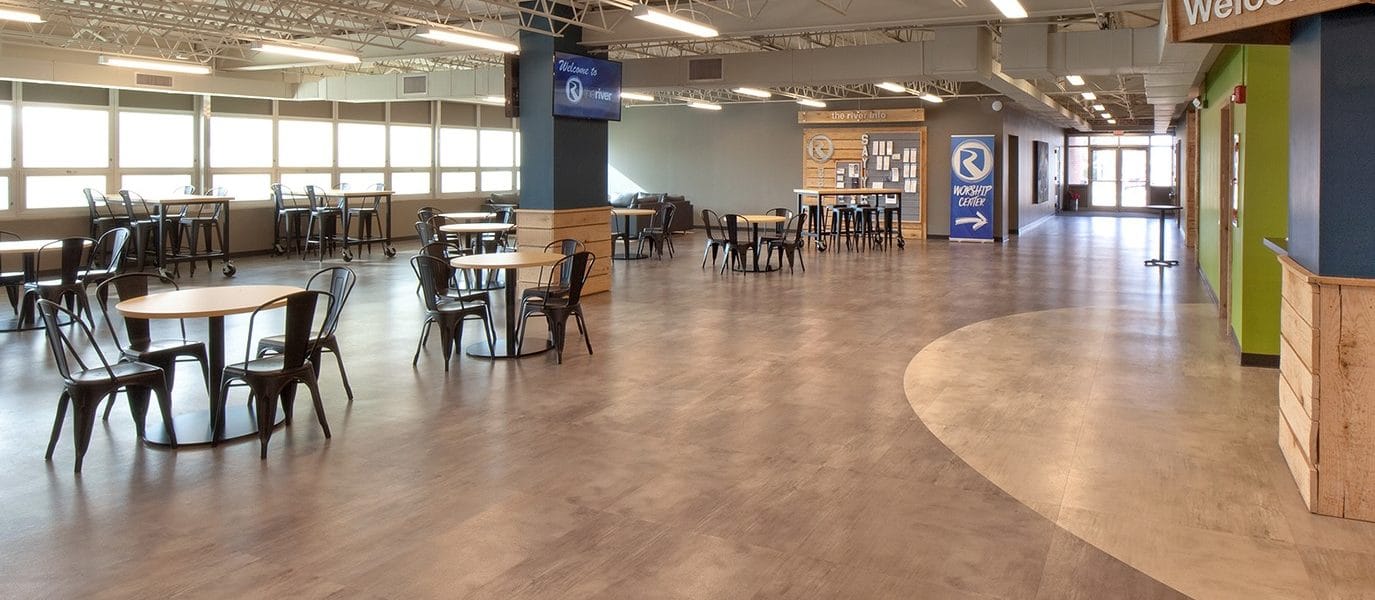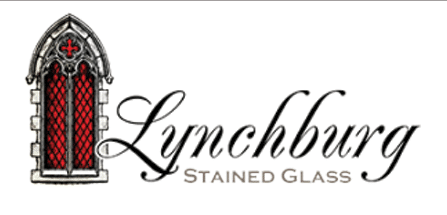By Derek DeGroot
As COVID-19 restrictions ease in various states across the country and congregations start to regather in their church facilities, many churches are facing a new realization: their building isn’t designed with spaces to accommodate groups of 10 to 50, the range for church gathering sizes in the initial reopening phase for many states.
Granted, churches with large sanctuaries or multipurpose rooms that are designed to seat 200 or more can be used for a gathering of 10 to 50. But hosting 50 or fewer in a room designed for hundreds affects the group’s social interaction and impressions of intimacy, warmth, and safety in the space.
If people intuitively sense that the context is not appropriate for the gathering, they may not continue to engage.
Proxemics: Measurements for How We Gather
People relate differently depending on their proximity to others in a space. In 1963, an anthropologist named Edward T. Hall coined the term “proxemics” to describe his study of how people relate in physical space.
According to Hall, people relate differently in four types of space—intimate, personal, social, and public. These four spaces, or zones of connection, translate to different-sized spaces—small, medium, and large spaces for personal, social, and public gatherings.
Proxemics suggests that people are most satisfied with their social interactions when the social space is designed to facilitate intuitive interaction.
As churches begin to reopen, people find themselves disappointed and fatigued because they enter a large venue hoping for the same joyful experience they had before, but it is now impeded by masks and a six-foot radius of social distancing. Similarly, a small group adapting to interact in a large group venue is the opposite of intuitive, and it wears on us.
Medium-Sized Gatherings: Temporary Solution or Strategic Opportunity?
Not only do we need medium-sized spaces for our own congregations, developing medium-sized social spaces also paves the way to creating new discipleship opportunities.
The relational dynamic in groups of 20 to 50 is different from groups of 100-plus. It allows people to connect more broadly than in personal space, but also more deeply than in public space. It can be the perfect opportunity for inviting newcomers, as well as shaping a space where effective discipleship can take place.
Many people will be excited to gather in groups of 10 to 50 again soon even as we lament the fact that large gatherings are likely farther off than we imagined.
While we wait for the green light to regather in increasing numbers in our auditoriums for Sunday morning worship, we might discover that these medium-sized spaces provide a space for ministry impact that we were missing in our churches before the pandemic.
Creating medium-sized space is a good temporary solution, but it also might prove to be an important part of long-term plans.
Here are some potential ways you may be able to gain medium-sized gathering space for your ministries to meet in:
Sharing Space
Some churches might consider teaming up to co-lease spaces, like at a retail strip center, and meet at different times in the week. A larger church may even purchase a space like this and lease it out to smaller congregations. Some churches may choose to continue livestreaming Sunday morning, but offer medium-sized gatherings for ministry use for their congregation throughout the week. Collaborative churches can share spaces in new ways and refresh their spaces with innovative ideas that match the creative potential of their new ministry approach.
Shape the Community
Consider leasing and outfitting medium-sized retail spaces to expand the footprint of the church and help communities. Even as the church thinks creatively about medium-sized spaces, we may simultaneously have the opportunity to help the community renew the thousands of retail spaces that will become available in the economic aftermath of this year.
Outdoor and Temporary Spaces
Churches often overlook the property available to them outside their church building. Outdoor spaces, such as parking lots or green space that surrounds the church building, may provide a high-impact, low-cost opportunity to expand available space and spread people out. Thinking in terms of different seasons also means we can create better temporary spaces instead of just being confined to permanent options.
Design Creates Culture
If churches adopt strategies to use medium-sized spaces well, creating environments for people to connect broadly with the church but more intimately than our large worship centers have allowed, these could become the places where people grow in evangelism and deeper discipleship.
In this way, design becomes a medium for creating a discipling culture with new types of ministry space, instead of ministry space becoming a casualty of a new COVID culture.
Derek DeGroot is vice president of design and integrated services for Aspen Group, a ministry-focused design, build, furnish firm providing integrated solutions for new church facilities, additions, and renovations and quick, COVID-related facility fixes, www.aspengroup.com.














